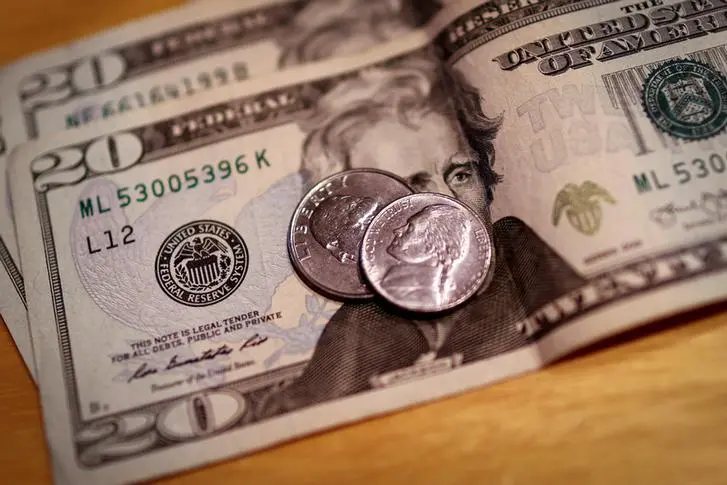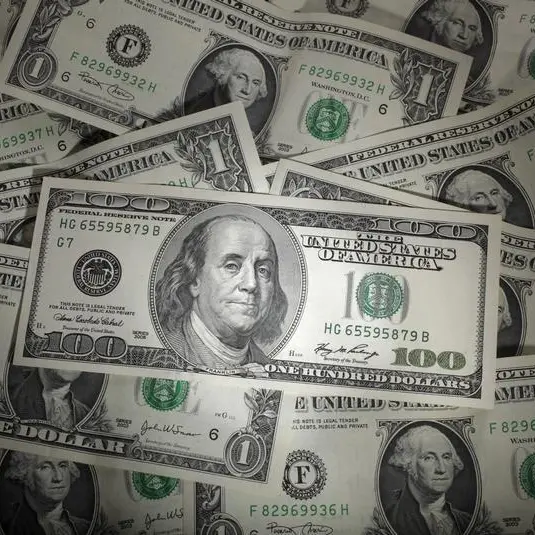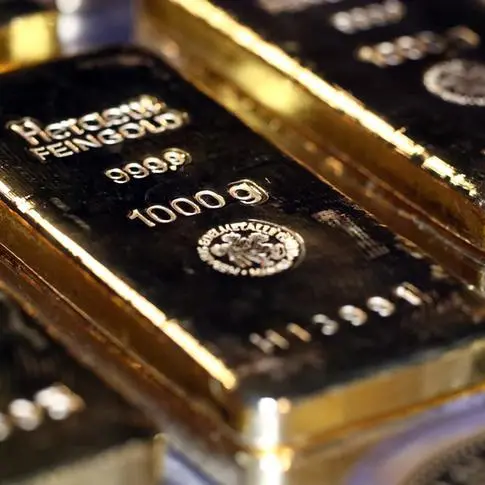PHOTO
SINGAPORE - The dollar caught a little support on Thursday after the Federal Reserve offered no real clues about its next moves, beyond an expected pledge to keep policy easy as a fresh surge in coronavirus infections stalls the U.S. economic recovery.
That was a letdown to some dollar bears who had speculated the Fed might loosen its approach to inflation, something they now think could happen at its next meeting in September.
The dollar index bounced about 0.4% from a two-year low and the Australian dollar retreated about 0.7% from a 15-month top touched on Wednesday.
The yen dipped 0.3% to 105.24 per dollar, but edged higher on other majors as the mood stayed pretty cautious and focus turned to forthcoming U.S. and European data and a U.S. fiscal rescue package which is bogged down in Congress.
"Excitement running into the Fed meeting has died down after the meeting turned out very much as expected, and the dollar is slipping in to a bit of a trading range," said Moh Siong Sim, currency analyst at the Bank of Singapore.
"Some sort of consolidation is due after the dollar weakness we've seen over the past one or two weeks."
Fed Chair Jerome Powell called out recent weakness in high-frequency employment data as evidence that a new wave of coronavirus cases was weighing on recovery and indicated more fiscal support would help when asked what more could be done.
That has investors nervously eying Congress' impasse and likely to be looking even closer at the latest weekly jobless numbers due at 1230 GMT.
Advance quarterly GDP data due at the same time will likely be one for the record books, with economists anticipating a 34% drop in annualised economic output last quarter.
CONTINENTS APART
German GDP growth due at 0800 GMT is also expected to be ugly, but it is the apparent divergence in fortunes between Europe and the United States that has weighed so heavily on the dollar in recent weeks.
Eurozone sentiment surveys due at 0900 GMT are expected to show a strong rebound and could give the common currency a boost.
The euro slipped 0.3% to $1.1745 on Thursday, but it has gained 4.7% against the dollar in July, which has it within range of posting its best month in a decade.
"We expect European confidence figures to support our view of the economic divergence between the eurozone and the U.S. and that supports further gains in euro," said Carol Kong, FX analyst at the Commonwealth Bank of Australia in Sydney.
Elsewhere nervousness about global tensions with China dragged on risk sentiment and added to pressure on the Antipodean currencies. The Australian dollar was 0.8% softer at $0.7132 and the kiwi slipped 0.7% to $0.6623.
Sino-U.S. relations have deteriorated sharply over issues ranging from the pandemic to Beijing's territorial claims in the South China Sea and its clampdown on Hong Kong.
That has weighed on the yuan, which has been all but left behind as the dollar has slumped, and was a fraction weaker on Thursday at 7.0055.
China is also lagging behind agricultural purchases promised under January's trade deal. .
Elsewhere, the Turkish lira hit a record low against the euro, and is under pressure against the dollar on rising concerns over depleted reserves and local demand for dollars despite state efforts to stabilise trading. .
(Reporting Tom Westbrook in Singapore. Additional reporting by Hideyuki Sano in Tokyo; Editing by Sam Holmes and Lincoln Feast.) ((tom.westbrook@tr.com; +65 6318 4876;))












